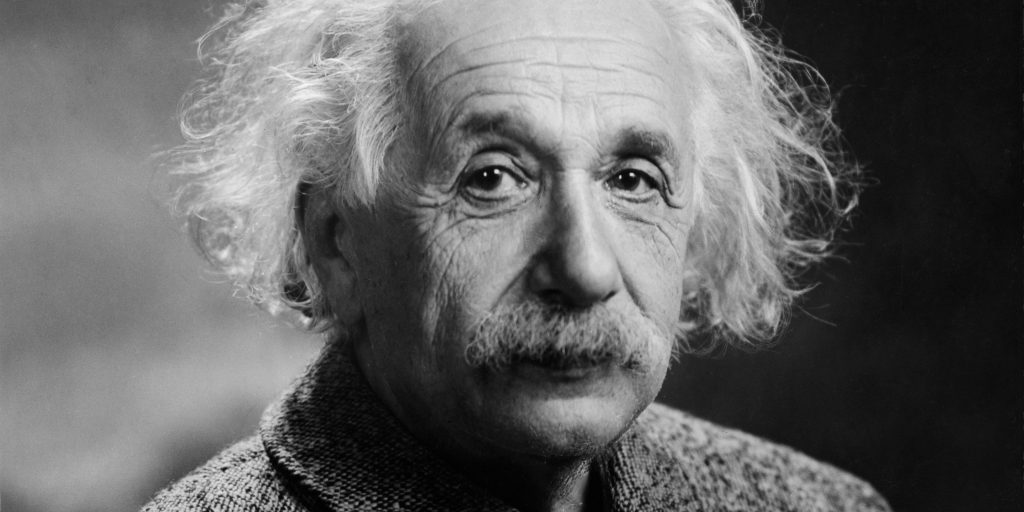Pure Energy Turned Into Matter at Near Light Speed
Others are reading now
In an exciting breakthrough, scientists have demonstrated that matter and antimatter can be created directly from light.
This achievement vividly illustrates Einstein’s famous equation, E=mc², which explains how energy can be converted into mass.
The experiment that led to this discovery was conducted at the Relativistic Heavy Ion Collider (RHIC), part of the Department of Energy’s Brookhaven National Laboratory.
Researchers at the site successfully turned light particles, known as photons, into pairs of electrons and positrons — matter and antimatter, in other words.
Also read
This achievement confirms a prediction made by physicists back in the 1930s.
How It Was Done
To make this happen, the scientists accelerated gold ions to nearly the speed of light — about 99.995% of light speed.
These gold ions, stripped of their electrons, were then smashed together at incredible speeds. Under these conditions, the energy from the light particles was converted into pairs of electrons and positrons.
This process had been theorized before, but this experiment provided the first clear evidence that it could occur directly and simply, in just one step.
This success builds on earlier research from 1997, but the new method is more straightforward and avoids the extra steps that were necessary in the past.
Confirming Old Theories
The experiment also confirmed another long-standing theory about how light behaves in a vacuum.
Known as vacuum birefringence, this theory suggests that a vacuum can actually affect light, especially when influenced by a magnetic field — much like how polarised sunglasses filter light.
This concept was first proposed by physicists like Werner Heisenberg, Hans Heinrich Euler, and John Toll back in the 1930s.
Now, the researchers observed how the angle of the light’s polarisation affected the creation of the electron-positron pairs, proving that the light’s behavior in a vacuum can indeed be influenced in this way.
This is the first time this phenomenon has been seen in a lab setting.
As Daniel Brandenburg, a Goldhaber Fellow at Brookhaven Lab, noted, this experiment represents “clear evidence of direct, one-step creation of matter-antimatter pairs from collisions of light,” fulfilling a prediction made decades ago.
Not only does it provide a real-world example of Einstein’s E=mc², but it also opens up new possibilities for exploring how light and matter interact at the most basic level.
The research was recently published in Physical Review Letters and covered by Shining Science.


